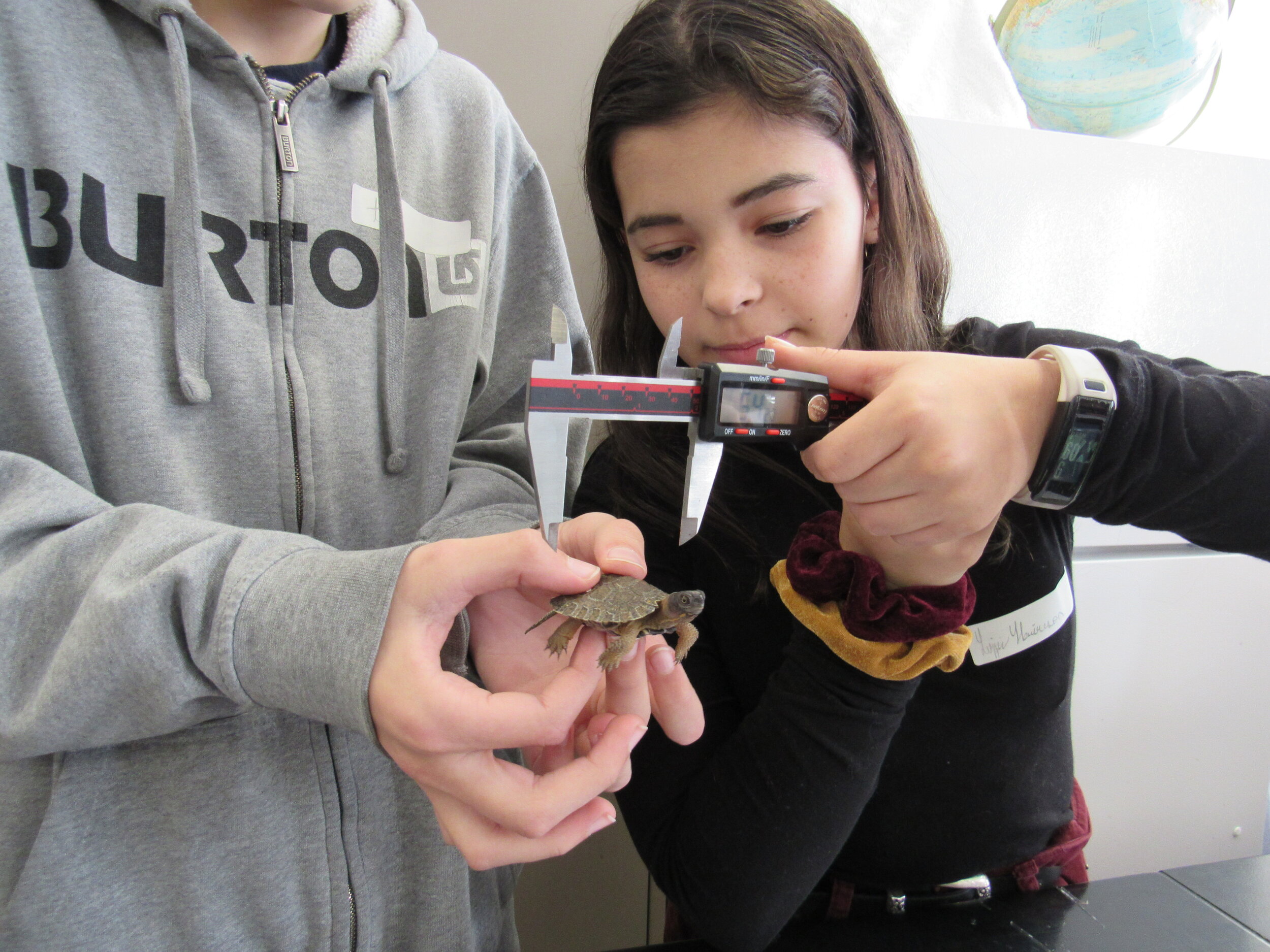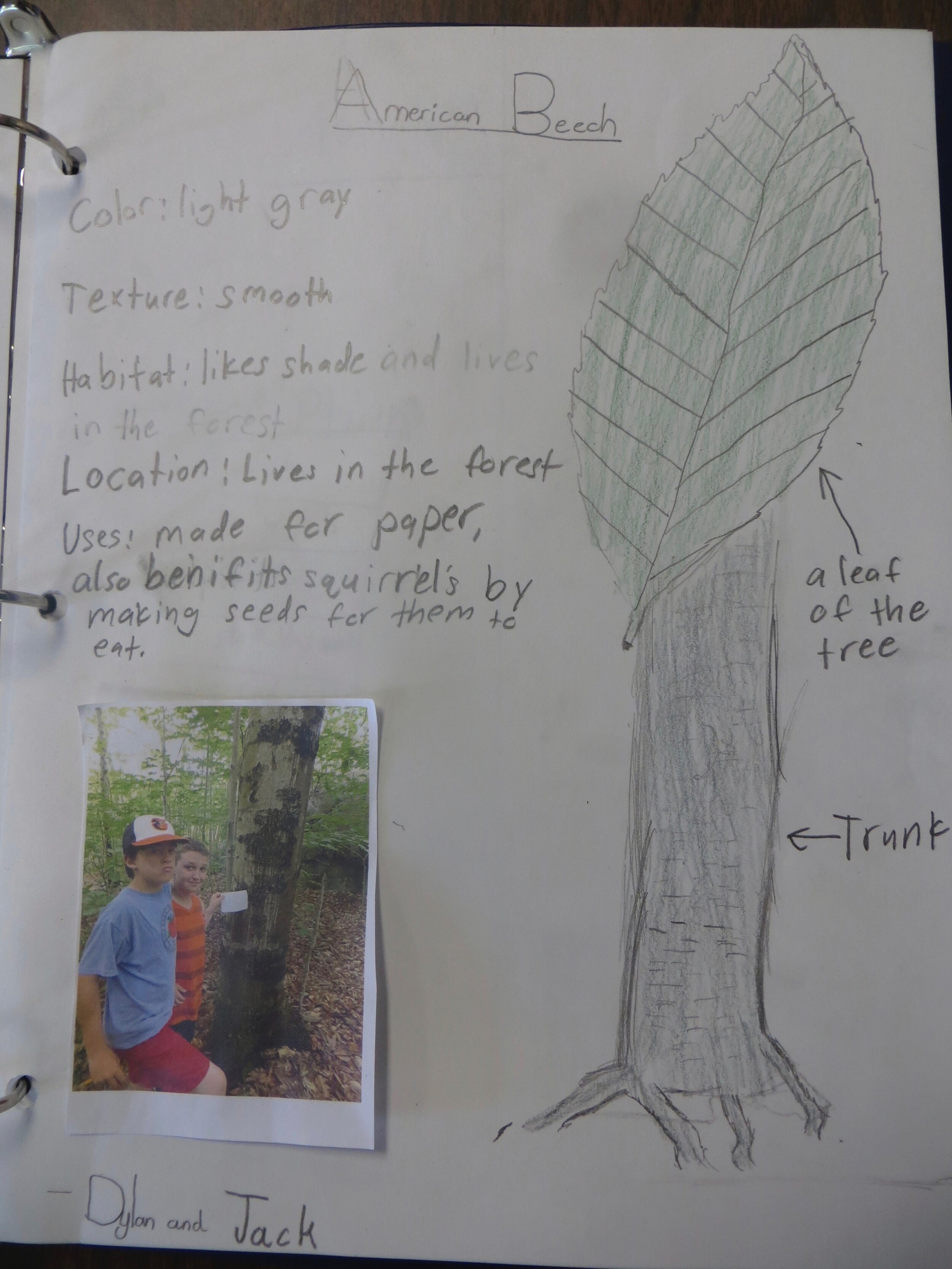Teaching Approach and Methods
Kestrel instructors are all trained to design authentic inquiry based curriculum and use constructivist teaching methods. Our science programs are all linked to the natural world in your own neighborhood, so that learning can be conducted with all senses activated.
“Now that I’m so into animals when I go home I’m going to ask my mom if I can explore back behind my backyard. I have a forest there and a swamp.”
-Waterway Trackers kindergartener (after making a model swamp and realizing she had never seen one)
”
Constructivist Methods
Often, if we simply give information to students, we think they have learned it, but they can only repeat it without true understanding. Constructivist teaching methods are based on the theory that learners tend to construct knowledge for themselves based on combining their pre- existing ideas with new experiences. Constructivist methods go well beyond giving information, to building deep comprehension and mastery. We start with finding out how learners initially view a concept, by asking for stories and interpretations of natural phenomenon, and then structure experiences and discussions to challenge and expand that view. If a learner has a misconception, a question or experience will be formulated to help the learner figure out that their view is incompatible with evidence and their own reasoning. After a sequence of Kestrel experiences, a learner will be able to use their own words and reasoning to explain natural phenomenon. This leads to a level of understanding that is indelible and transferable to new situations. While these methods sometimes take more time, they also result in learning that lasts.
Doing Science
Professional scientists are practiced in the art of using inquiry to discover and communicate new information, and we believe young students should do science the way scientists do, investigating the real world. When students are involved in asking big questions, selecting materials, planning methods, and analyzing results, they learn not only information, but the process of discovering new information that is vital to science. Authentic science can be messy, and involves intellectual risk, and we know that both are important for learning. Our approach is rigorous and demands that students think and challenge themselves and each other.
Originality
We ask our students to collect original data and to create original work, because that is what scientists do. It’s thrilling for young people to be asked to document a natural system in their own backyard, finding information even the adults may not know. Our projects require students to assemble their observations and ideas in original ways. In the process of creating original work, students must demonstrate they understand how pieces of the natural world fit together and how whole natural systems operate.
Beyond Kits and Textbooks
While there are lots of science kits and textbooks out there, it is hard to learn about natural phenomena without experiencing them directly. The problem with limiting science learning to methods with pre- determined outcomes is that such learning cannot always be applied to new situations. Real natural phenomenon are highly varied and complex. Knowing how to label a plant diagram or sequence a life cycle from models often does not translate to knowing plant parts or insect life cycles when a student encounters the real thing. Our methods involve all our senses in investigating real living things and their environment, and result in much more flexible and in depth knowledge of natural systems than does kit or book learning.
Based on Local Natural Phenomenon
Why is it important to study the places right outside your school’s doors? We want to help you and your students cultivate attachments to places you can visit all the time. We want you to have the ability to see your local places as the plants change through the seasons, as different wildlife migrates through, and as animal’s life cycles and behavior changes through the seasons. You will also have the opportunity to notice long term changes in the landscape. Attachment to nearby wild places is documented as one of the most important precursors for growing up to have great concern for the natural world.
Thorough and Detailed Lesson Plans
Learning science authentically in the natural world may appear messy. Students may be spread throughout a forest or around a pond, and may all be doing different tasks. However, the learning is following a carefully structured five part learning plan crafted by Kestrel’s instructors to bring about learning of both scientific knowledge and science inquiry skills.






